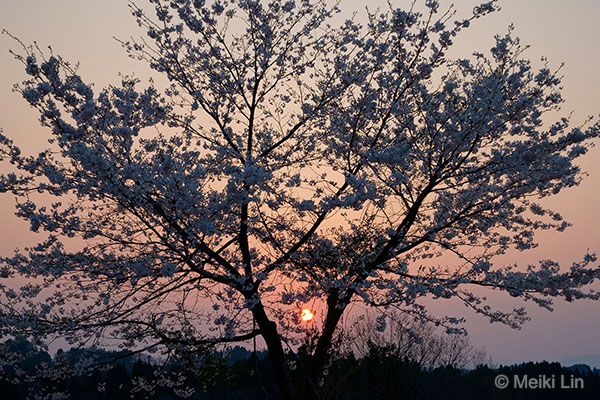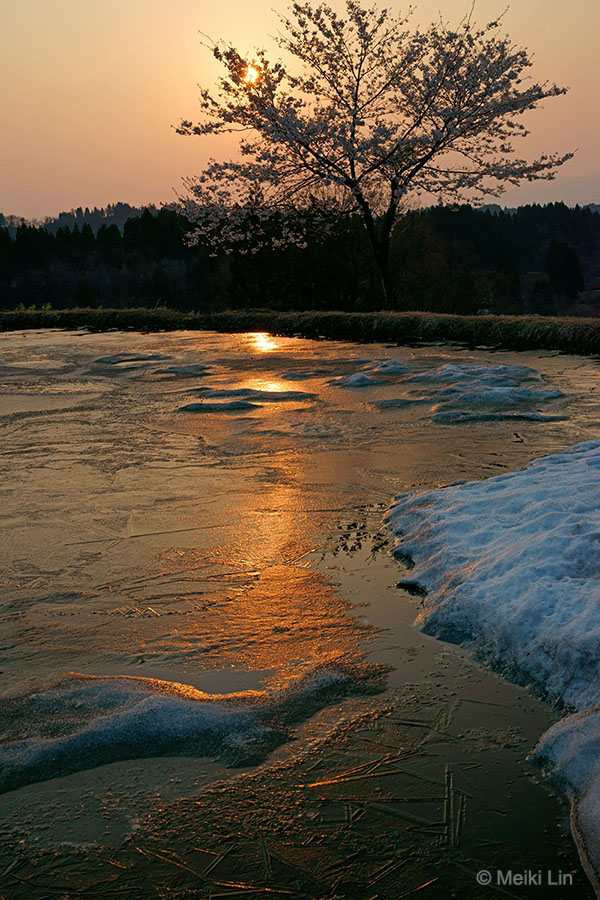林明輝 (自由雲台)
Sonnar T* FE55mm F1.8ZA
70-400mm F4-5.6 G SSM Ⅱ
CFE 80mm, CFi 120mm, CFi 180mm,
CFi 250mm(SA), CFE 350mm(SA), CF 500mm

1969年、神奈川県横須賀市生まれ。18歳より写真をはじめる。
2008年よりデジタルカメラを駆使し、列島各地の自然風景を撮影。自然風景の微妙な空気感、透明感を表現した作品を発表する。
国際野生写真連盟(IFWP)主催 ネイチャーフォト ブックオブザイヤー 2005 グランプリ受賞
ウェブサイト: https://meilin.jp/
日本写真家協会会員、日本自然科学写真協会評議員
マーキンスを使い始めたのは、私の写真教室の生徒さんにすすめられたのがきっかけですが、2年前に初めて手にした日からマーキンスを愛用し続けています。
三脚や雲台というのは、ふつうは肌にあわなくなってくると、結構買い変えられることも多いのですが、この自由雲台や三脚ハブそしてVR-ホルダーは自信を持ってお勧めします。おそらく、一度マーキンスをお使いになったら、買い替えることは無いのではないかと思います。
それは何といってもボールの動きが滑らかで、手を放してもその状態を保てる操作性が、他の雲台に比べて使いやすいということと、この安定感の割にとっても軽量なのが大きな理由です。
実際、撮影ツアーで私が使っている自由雲台に関心を持たれることが多々あるのですが、その場で試してもらうと「納得!!」ということが多いです。
年中、撮影で全国をとびまわっている私にとって、やはり機材は少しでも軽い方がよいので、マーキンスの雲台はほんとうに気に入ってます。
私の使っている雲台は、Q3とQ3トラベラーモデル、そしてQ20の3種類ですが、どれもワインレッド色です。黒も良いのですがワインレッドは私にとってオシャレな色彩なので、撮影に臨むときも気分が高揚して大変楽しいです。
また、この削りだし加工の雲台精度は大変素晴らしく、過酷な環境であればあるほど、それを実感します。更に、小さいのに耐荷重が著しく大きいことも安心して使える理由になっています。
ですので、控えめな感じではなく、自信を持って「これ!!」という感じで皆様にお勧めしたいと思います。
ほかに、カメラプレートやレンズプレートなども、ユーザーサイドに立った視点で、ひろくさまざまなものが用意されています。他のメーカーではみられない三脚ハブやVR-ホルダーといった製品が用意されていることも評価に値します。
また、ちょっと変わった使い方として、ラジコンヘリコプターの発展型であるマルチコプターを無線操縦し、上空からカメラの映像を地上に送り、地上でモニターを見ながら上空からの映像を動画や静止画で撮影するのですが、ここでもマーキンスのクイックシューを使ってます。
→ 動画はこちら
クイックシューにはノブシューとレバーシューがありますが、このマルチコプターにはどちらも使用しています。両方とも軽量ながらすごいホールド感があるので、振動のある上空撮影でも安心して使用しています。
以上、簡単ではありますが参考にして頂ければ幸いです。また、最後に私の経験的な内容を追加しますのでご活用いただけたらと思います。
- ペンタックス645フイルムカメラもしくは645Dに150-300㎜レンズを使用する場合、Q10iシリーズかQ20iシリーズの自由雲台とVR-ホルダーの組み合わせが最適です。三脚はジッツォの3型にマーキンスの三脚ハブ TH-300を付けると三脚の自重が軽くなる分、負担も軽減しお勧めです。
- ソニーのα7Rに70-400mmのレンズを使用する際は、三脚は2型でも3型でも構いませんが、VR-ホルダーが非常に有効です。










